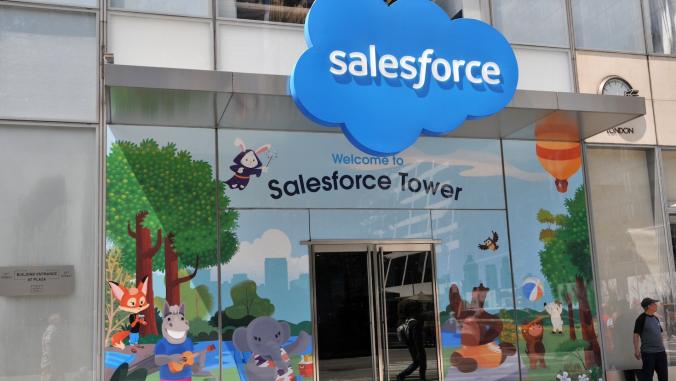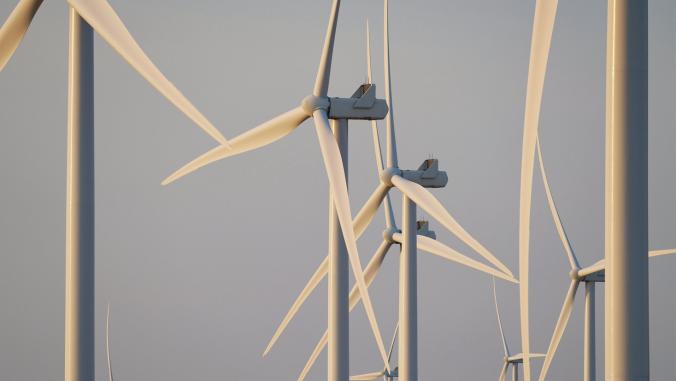Verdantix offers a blueprint for green office buildings
<p>Real estate developers and managers who fail to incorporate sustainability principles in commercial buildings could get shut out of the high-end market for corporate office space, Verdantix says.</p>

Real estate developers and building management companies must make sustainable building design a priority to ensure their relevance over the next five years, according to a new report by Verdantix, a research firm with headquarters in the UK.
The report, "The Future of the Green Office," suggests it is imperative for real-estate developers and building managers to incorporate green sensibilities in their strategies. Otherwise, they could be shut out of the high-end market as companies seek corporate headquarters and campuses designed with sustainability in mind.
"Sustainability issues will gain in importance over the next five years, creating an obsolescence risk for developers, and this is most evident at the prime end of the market whether green has become a synonym for Grade A space," the Verdantix analysts wrote in the introduction.
The Verdantix report reflects the insights of senior executives from the real estate, commercial construction and building technologies sectors, as well as from companies using the commercial spaces. It focuses on exploring design scenarios and technologies that it expects (realistically and practically) to be adopted over the next five years. Among the factors that Verdantix considers to be essential components for green office buildings are carbon, energy, waste and water management; and features that focus on ensuring occupier well being, such as open and mobile space plans.
The figure below shows some features that Verdantix believes will distinguish green buildings, including green roofs, on-site renewable energy generation, materials that keep the building's interior climate more controlled such as triple-glazed windows, and building management systems and technologies that provide detailed views of operational metrics.

After scouring the Verdantix report, here are seven considerations that I believe will shape the green office of the future:
1. Site selections that embrace sustainable lifestyle principles. Geographic location is important for reducing the energy "intensity" of the daily commute for building occupants. Access to public transportation and electric vehicle charging technology are two key considerations.
2. More collaboration between stakeholders. Verdantix suggests that developers need to consult leasing agents and potential occupiers in order to educate them and create a more holistic view of green design priorities.
3. Greater reliance on digital building information models. Software that helps provide a view of physical or functional pieces of buildings before they are actually built and for examining the impact of different design scenarios will become more widely used.
4. Strategies that encourage more use of passive lighting and ventilation. The Verdantix report suggests that more companies will opt for glass with reflective or glazed coatings and other building components that maximize the amount of natural light than can penetrate a building. That's because lighting and heating, ventilation and air-conditioning equipment still account for up to 67 percent of a building's energy consumption, according to the U.S. Energy Information Administration.
5. On-site energy generation and water reduction options. The more developers can help businesses reduce their dependence on grid services – including electricity and water – the better it will be for their bottom line and for the bottom line of occupants.
6. An emphasis on construction materials with a low environmental impact. Increasingly, efficiency and environmental footprint considerations will become part of the procurement process, according to the Verdantix report. Developers also need heighten their usage of recycled materials and pay more attention to delivery and disposal processes they use during the construction phase.
7. Advanced building management systems will become integral. Not only do systems need to provide a much more detailed level of analysis than in the past, they will increasingly be called upon to automate the dynamic process of optimizing building performance. Verdantix also suggests that remote management services and technologies will play a role, providing external information about weather conditions, energy prices, water supply dynamics and so on.
By now you may be wondering: How much does it really matter whether or not an office building is green?
New research published this week by two University of Notre Dame management professors found that bank employees who worked in buildings that were certified under the Leadership in Energy and Environmental Design program were more productive than those who worked elsewhere.
The study considered 562 branch office buildings managed by bank PNC. In their report, "The Relationship Between Corporate Sustainability and Firm Financial Performance," the professors noted that employees who worked in LEED buildings added more than $461,300 per employee to the bottom line.
"We compared the amount of money deposited at LEED and non-LEED branches, and we found more money has been deposited in the LEED branches," wrote one of report's authors, Edward Conlon. "PNC has built more than 100 LEED-certified buildings, which is more than any other U.S. company, so PNC is perfect for a LEED study because they have a lot of them and the branches all do the same thing – same products, same systems – the only thing that is different is the LEED strategy."
I am sure there will be oodles more data emerging about whether or not employees who spend their day working in a green office building are more engaged in their jobs and with their employers. But the PNC example certainly suggests more companies will incorporate sustainability considerations into their office building selection, if for no other reason than to increase productivity.
Photo of office meeting via Shutterstock.com. Green Office of the Future chart courtesy of Verdantix.





